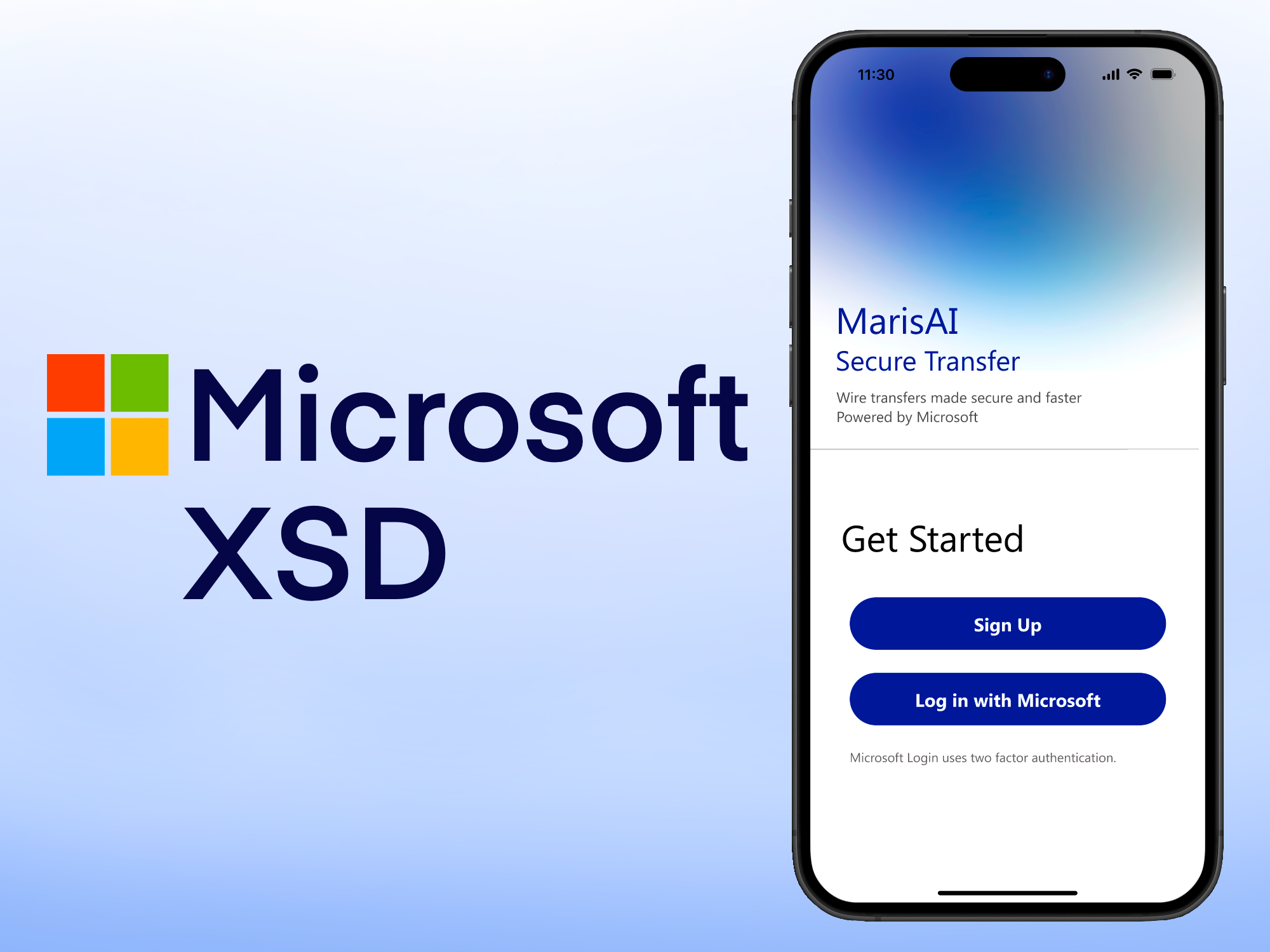Enhance users' confidence in booking travel plans and experiences.
Position Expedia as a dependable source for users.
Increase Expedia’s website traffic and bookings.
People go on TikTok, YouTube, Instagram, etc. to find places to visit, but end up saving posts for later and forgetting about them.
To combat this, my team and I explored ways to use Expedia's current 'Trip Board' infrastructure to inspire users to plan and book travel experiences that they see on social media.
Young Millennials are active on social media and have the financial means to travel
Instagram was chosen as the preferred platform by our user group
I first conducted secondary research to better understand how social media moves users to purchase travel experiences through Expedia.
Influencers are Expedia's closest connection to social media, but their credibility is often questioned due to:
I interviewed Expedia users and frequent travelers from ages 18 - 60. I questioned each interviewee on how they gain travel inspiration, as well as their preferences for planning and booking a trip.
Realizing the importance of family being involved in trip planning, I shifted my focus from influencers to family/friends and ruled out any sponsored material.
After gathering data, I created an affinity diagram of the results. I discovered that most users prioritize posts from their family and friends over travel influencers.

Affinity diagram of our interview results pictured above. 15 Expedia users and frequent travelers in total were interviewed.
With my team, I then created a journey map that included 9 stages of the travel process: ‘Inspiration’ (through Instagram posts/reels), ‘Research’, ‘Plan’, ‘Book’ (purchasing experiences, flights, hotels, etc.), ‘Track’, ‘Arriving’, ‘During’ (a trip), ‘Return’, and ‘Posting Online'.
Initial journey map on whiteboard
.jpg)
Simplified version of journey map

I also implemented Expedia's current 'Trip Board' infrastructure, which allows users to collaboratively plan a trip. Our goal was to create a feedback loop of gaining travel inspiration and sharing travel experiences on Instagram so that users would naturally be incentivized to book more experiences with Expedia.




While sketching, I explored different ways for users to share their trips on Instagram and add other user's travel experiences to their own Trip Boards.
I worked solely on the 'posting' flow solution with half of my team while the rest of group designed mockups for the 'saving' flow.
Together, we designed an 'Expedia Tag' feature, which would allow users to tag their Expedia bookings to a post. Each tag added would give the user Expedia points to redeem towards their account.
I first designed basic wireframes of the posting flow, with a goal to enable users to easily locate their bookings.

After wire-framing, I developed the screens into hi-fidelity mockups and tested our prototypes. I presented users with a scenario of an Expedia user on Instagram looking to post their recent trip, then observed their interactions and took notes on any problems they came across.

Following usability testing, I found that people weren’t sure how to interact with our previous iteration because it was too different from Instagram's typical interface.
To make things easier, I designed our second iteration to automatically detect Expedia bookings from a photo's metadata and display the amount of points to be rewarded.

A/B testing with this iteration confirmed that users preferred the automatic detection of their bookings instead of manual selection.
However, users were still concerned with the accuracy of the automatic detection, so we decided to add an "Edit" button to change any incorrect tags, and a "Skip" button to avoid the tagging process.
Using the feedback I received from testing on the previous two iterations, I designed hi-fidelity mockups of the third and final iteration.
I focused on solving the following pain points:
Thank you to my professor, Austin Toombs, my sponsor, Stephanie Knab, my classmates, and Purdue's UXD program for helping me grow into a better designer throughout the semester.
The design process is never linear. There were several times where I resorted back to sketching, research, testing, etc. after already finding a solution to get the results that I was aiming for.
Work together, but don't be afraid to divide and conquer when necessary.
Splitting our work into separate teams at each meeting helped me work more efficiently and focus on specialized aspects of the project.
Understand the scope,
and stick to it.
By sticking to only the 'best case' scenario, I was able to flesh out the most important parts of our designs without creating too broad of a solution.

